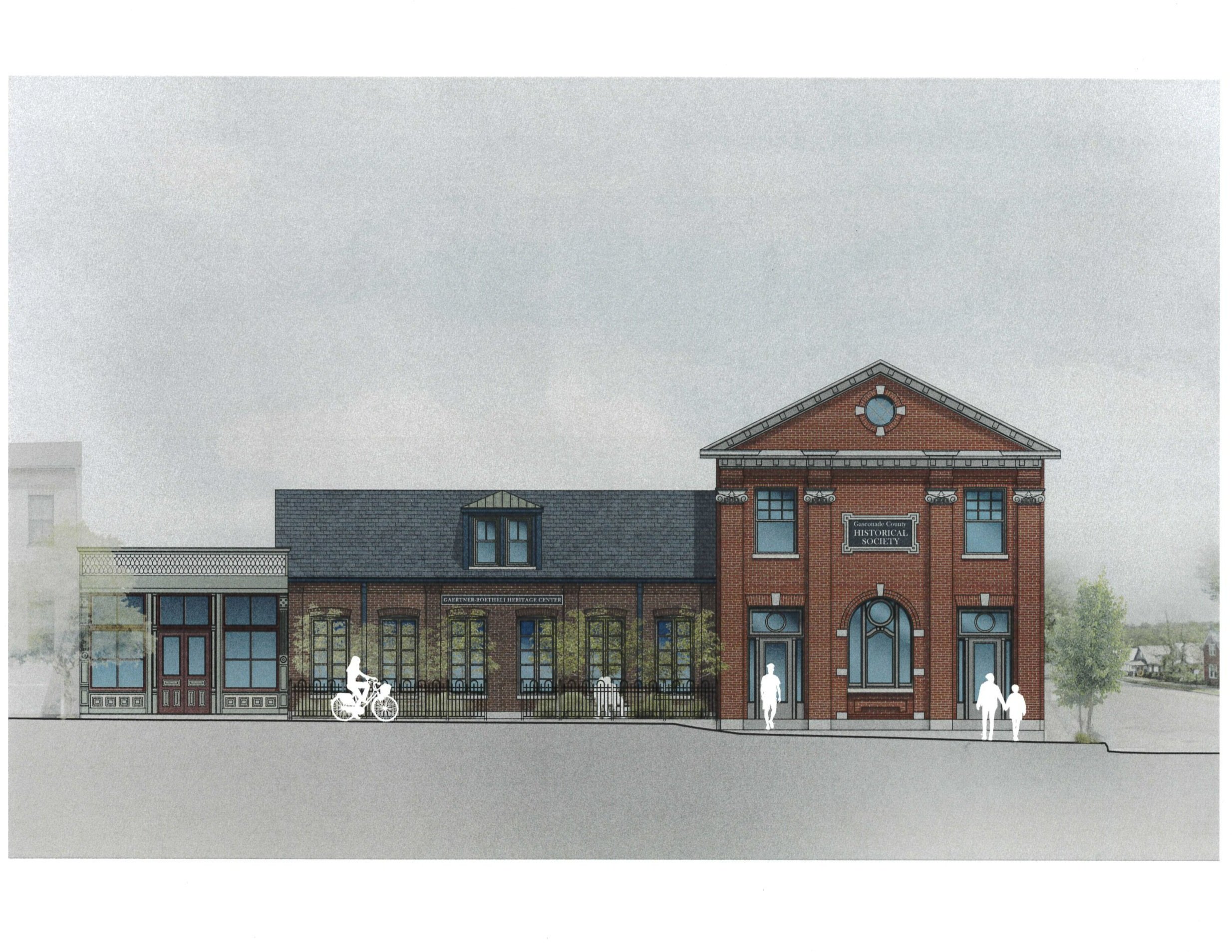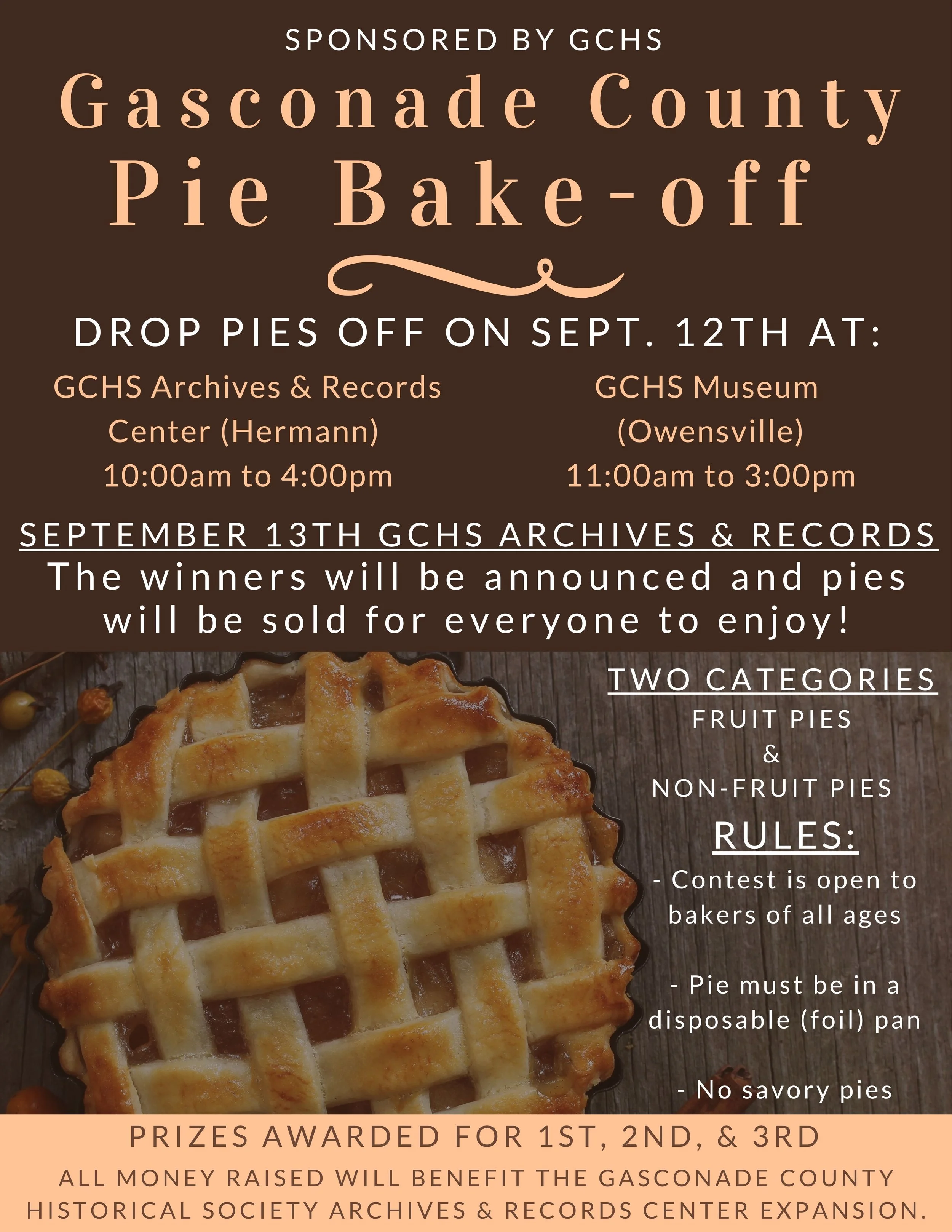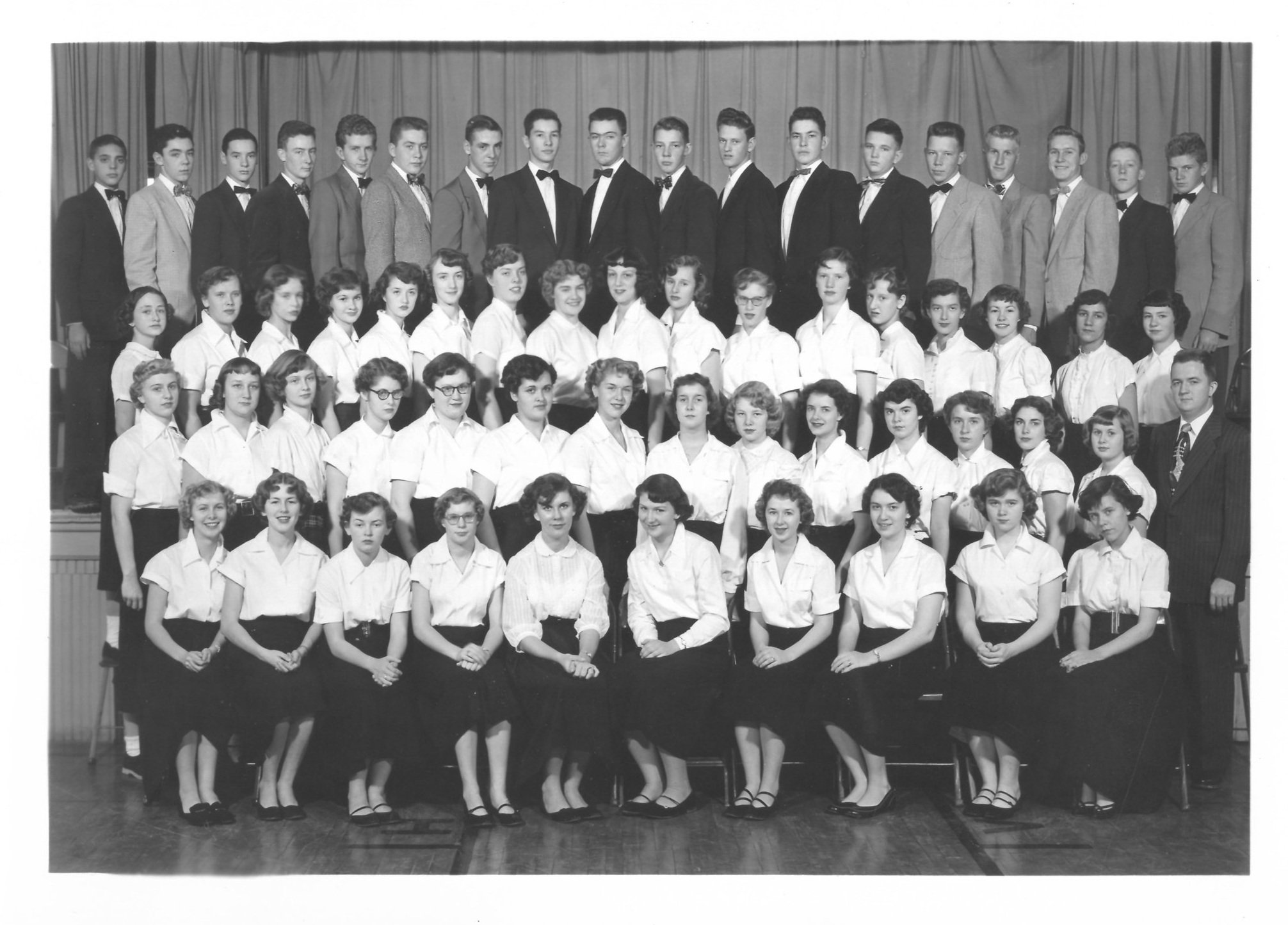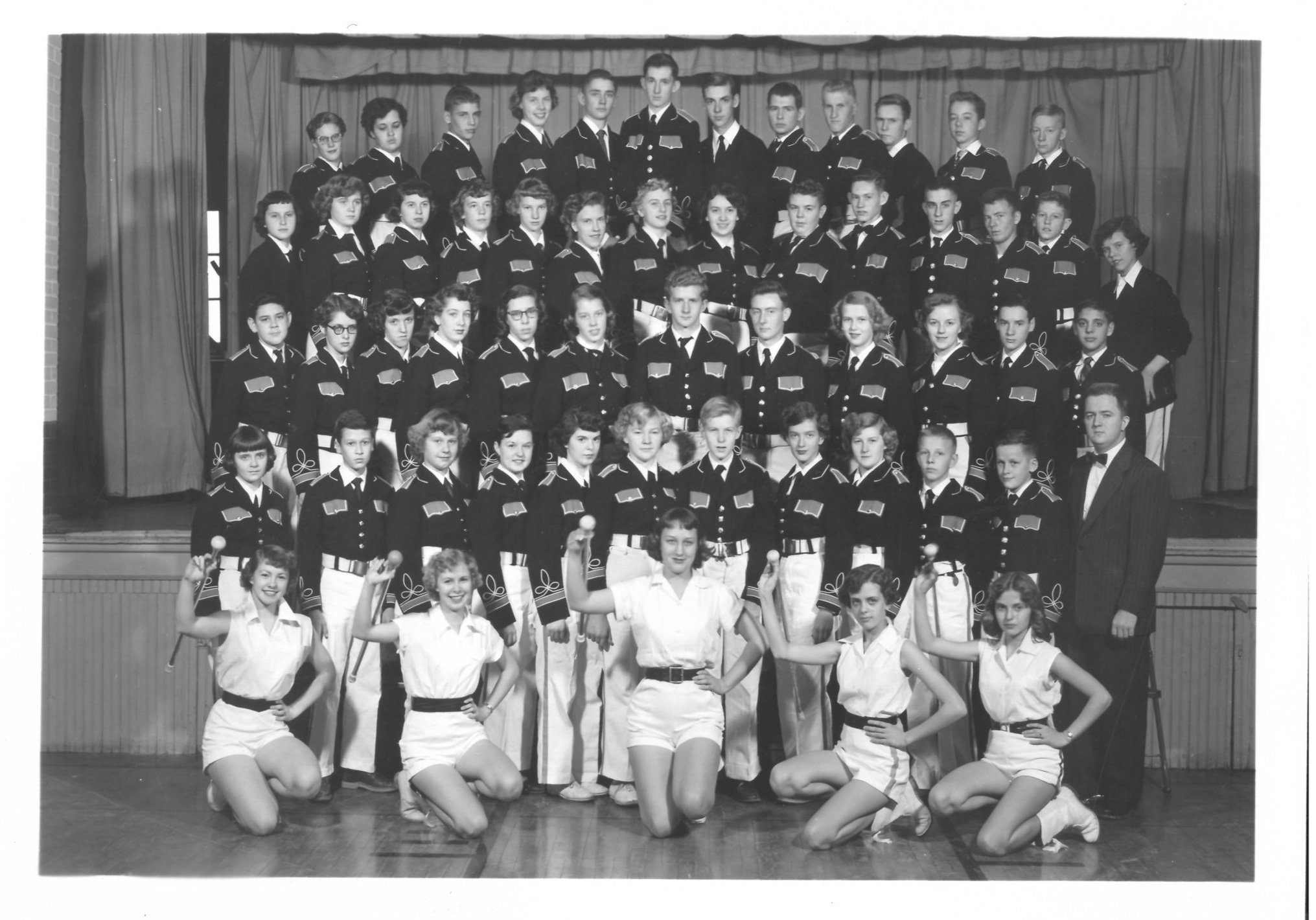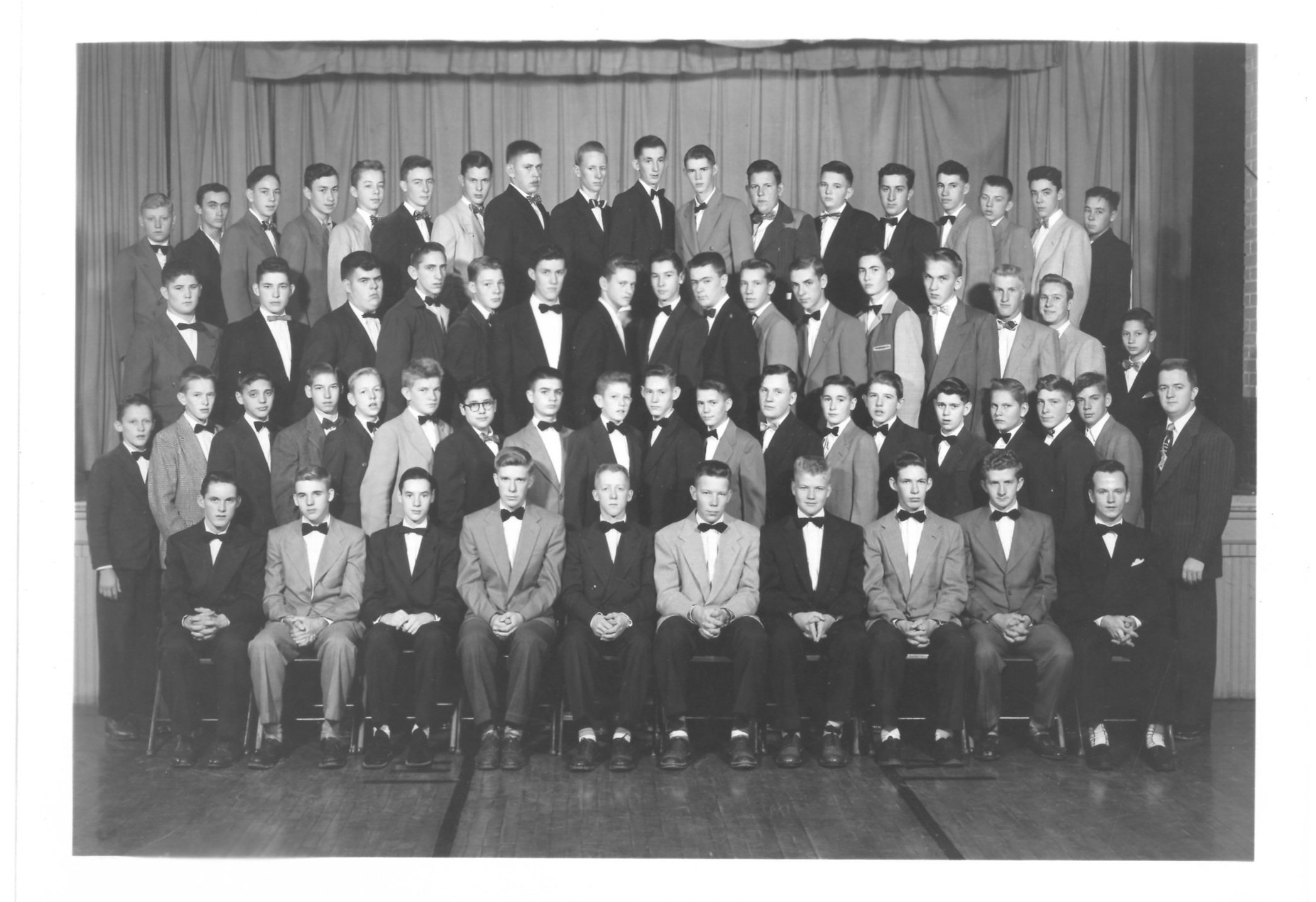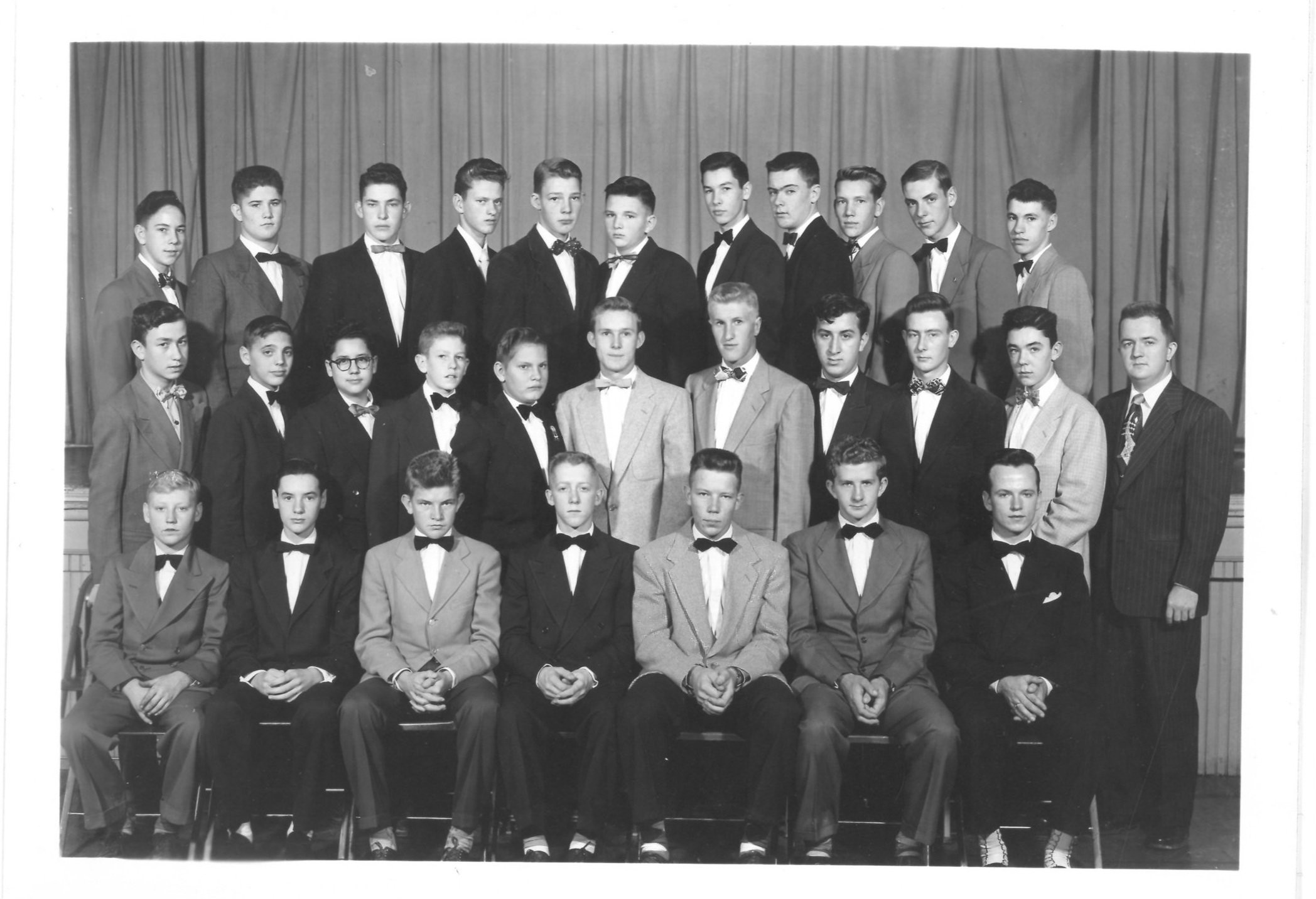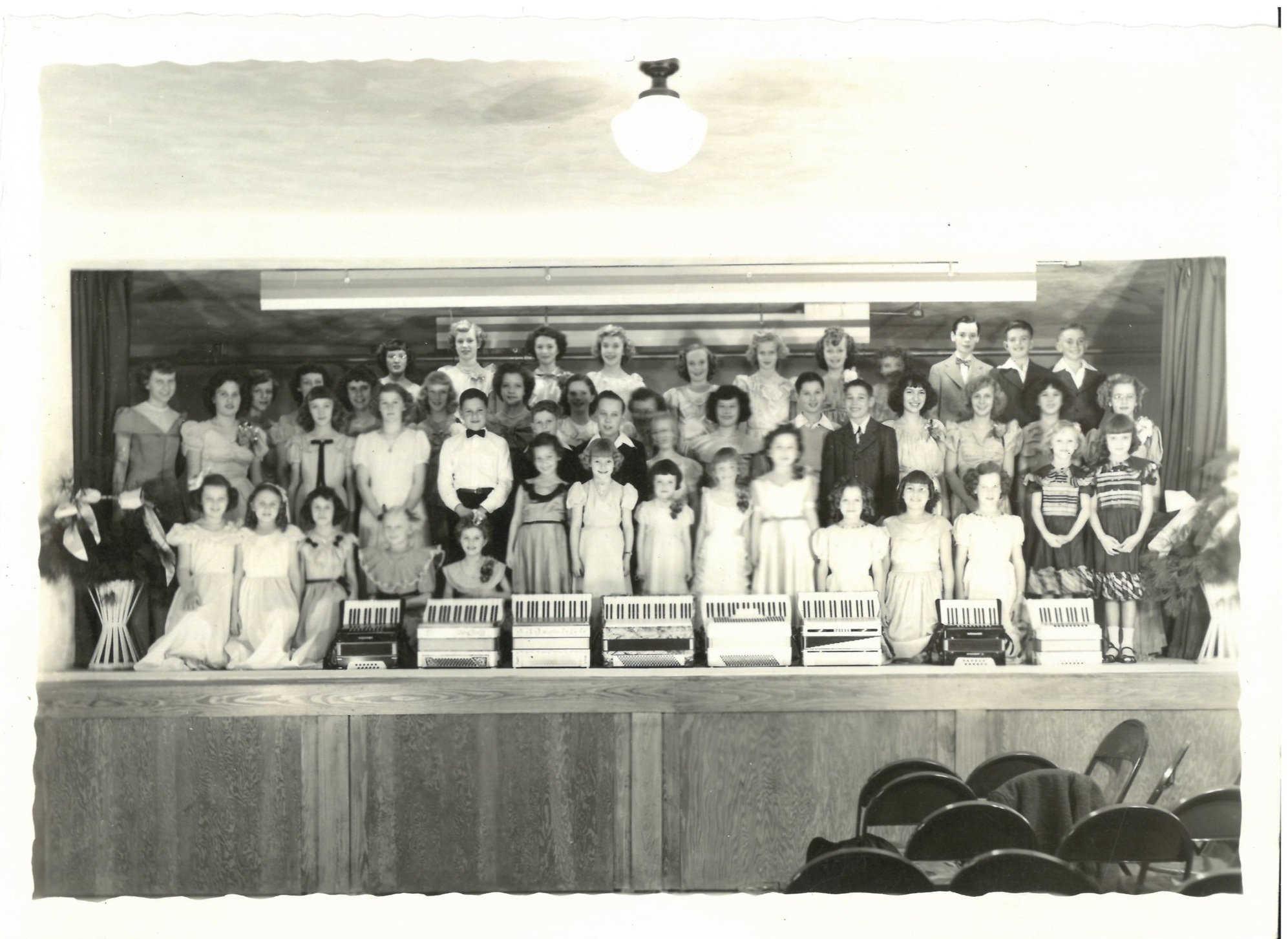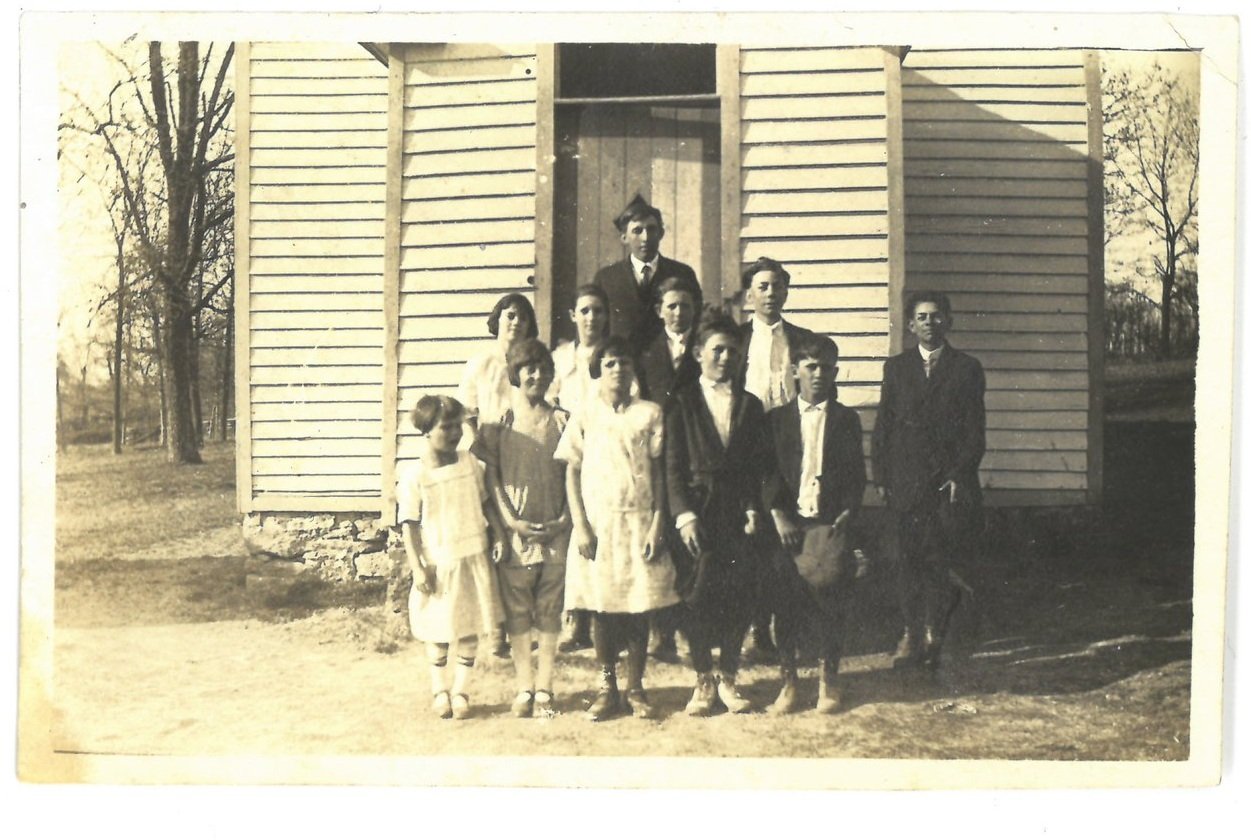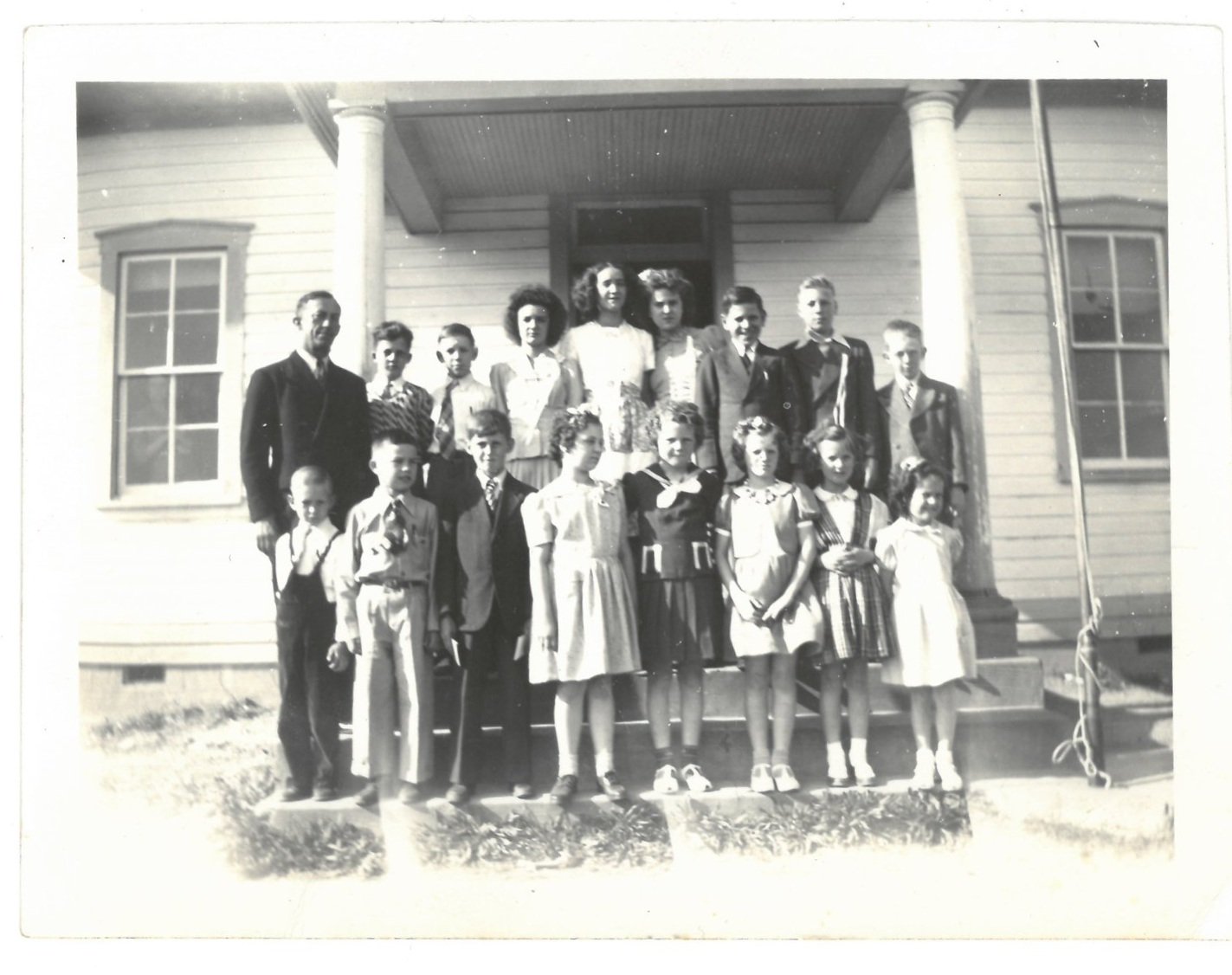History of Gasconade County Missouri
Located east of middle Missouri, this small county has a rich history. The first European influence dates from 1682 when French explorer Robert Cavelier, Sieur de la Salle, arrived at the mouth of the Missouri River and claimed the region for France. By 1758, writings indicate that French explorers, hunters and trappers had virtually explored every river and stream in the area. Consequently they named rivers with French names: Bourbeuse, Gasconade, Frene, Berger, Boeuf, and Loutre.
Besides being French, the name of the county itself is significant in other ways. The French in St. Louis heard (the story goes) the first explorers’ bragging of the wonders of the river and area around it. The people of the province of Gascony in France were notorious braggarts, according to the general French perception of the time, so they stuck that name to the area. This was passed on to the county.
Early Inhabitants
A Gasconade County mastodon (or parts of it) stands today in the British Museum in London to illustrate the earliest known co-existence of man with that elephant like creature. In 1838, Albrecht (Albert) Koch found mastodon bones among ancient campsites along the Bourbeuse River close to Red Bird. The area is known as Mint Springs, a spot where Native Americans used the bogs to trap the giant mammals.
These early migrant hunters lived about 9500 - 9000 B.C. and their history must be inferred from tools and weapons found. The artifacts found indicate they ranged all along the rivers and streams or lived in caves or under rock ledges and hunted on the prairies.
The Missouri and Osage tribes are known to have inhabited the area over a considerable length of time. The Missouri were a small tribe and were overtaken by the powerful Osage, who played a major part in the transition period with the new European and American settlers. Other tribes moved through the area but by the time significant numbers of European immigrants arrived, native Americans were seldom seen in what became Gasconade County.
Boundaries
The name Gasconade was given to an immense area ranging from Franklin County line west to Kansas border and south from Missouri River to a latitude going through present day Licking. From that 1820 domain administrated by Daniel Nathan Boone, Gasconade County has shrunk to a mere rectangle 35 miles by 15 miles. A large portion of the administrative territory was removed soon after 1820, but Crawford County remained part of Gasconade until 1829. In 1841, Osage County was formed; Maries County was organized in 1855. Two more boundary changes were made to Crawford County, one in 1860, the last in 1869.
When those counties were formed, the new county records started for that county. Records prior to formation of “new counties” were retained with records of Gasconade County. People researching early records of what is now Osage, Crawford, and Maries counties may find those records at the Gasconade County Historical Society’s Archives and Records Center in Hermann or at the Missouri State Historical Society’s Archives in Jefferson City.
Ethnic Patterns
The first European influence was the French explorers beginning with de la Salle in 1682. This Upper Louisiana was a territory administered by the French and shared by French with native Americans until ceded to the Spanish in 1762. Although the area was under the Spanish crown’s administration, the original French settlers were prominent in Missouri. There is no evidence of early French settlers in area of current Gasconade County, although 1816 survey notes indicate a trail blazed from Potosi to Boone’s lick (currently Boonville). Moses Austin blazed this trail to facilitate settlers moving from Kentucky to the western areas. This trail traverses the southern part of Gasconade County with several trails crossing in current Owensville.
Once the French and Thomas Jefferson negotiated the Louisiana Purchase in 1803, the flow of Anglo- Americans began and dominated the first half of the 19th century. These settlers came mainly from the southern states: Virginia, Kentucky, Tennessee, and the Carolinas. The slave holders among them settled mainly along the Missouri River with the largest farm owned by Parsons near Morrison. There were slaves in other townships, but quite limited to household servants and small farm workers.
European migration to Gasconade County began in earnest in 1837 when the Philadelphia Settlement Society bought 11,000 acres along the Missouri River for the purpose of establishing Hermann. By 1850 European immigrants, mainly from Germany, started settling farther south in the county. One documented group came with Rev. August Rauschenbusch from Altena in Westphalia, Germany to Mt. Sterling. Others quickly settled the areas around Old Bland (found on 1875 map as New Bremen), Woollam, Drake, Bay, Bem building communities around a general store, church, black smith, and post office. Although the dominant new ethnic group was German, Swiss founded the village of Swiss; around 1855, Polish settled north of Owensville, and Bohemians settled south of Owensville.
War Between States
The cultural divides in the county showed up dramatically during the Civil War. The vast majority of the immigrants were Union supporters during the conflict. Germans were staunchly pro-Union and against slavery, many having come here to escape near servitude themselves. There was also a schism within the Anglo American community. Many Southerners in Gasconade County, especially those from Appalachia, had no attachment to slavery and were strongly pro-Union. Other Anglo Americans from the South, however, were sympathetic to the Confederate cause. Generally, the areas where immigrants lived were pro-Union, but area around Canaan, for instance, also strongly supported the Union. The recruiting camp for the southern part of the county was based in Canaan. At Red Bird, not far from Canaan, many recruits went to the Confederacy.
There were several skirmishes in the county resulting from irregulars of General Price’s troops on their march to Jefferson City. The “bushwackers” created major fear among the new immigrants, some families still have stories of when these renegades came through the country side. A major skirmish occurred in Hermann during this time. The story is told that as General Price’s troops approached the town from the east, those citizens of Hermann who were left, mainly older men, women and children, as young men had left as part of the Union Army, fired the single cannon in the town toward the arriving troops. They moved the canon from one hill to another firing the cannon from each vantage point. This action confused the approaching enemy into thinking there was a solid defense for the town. When they finally realized the ploy, they captured the cannon and threw it into the Missouri River. The troops continued to Jefferson City, but the citizens of Hermann stalled their advance enough for the Union troops to be prepared for the Confederates.
The Civil War altered the migration pattern of Europeans. They still came during the 1860s but came overland, mostly by rail, from the east coast instead of up the Mississippi River through New Orleans. During the Civil War 1861 to 1865 there were blockades as well as battles along the Mississippi River from New Orleans to St. Louis preventing safe travels up the river.
Golden Age of German Culture
The time between the end of the Civil War and the beginning of World War I is known as the “Golden Age of German Culture” in Gasconade County and Missouri. Immigrants had settled in communities, becoming loyal Americans while raising their families and enjoying their German traditions, language, and culture. First generation immigrants managed to maintain German as their dominant language throughout their lives, but second and third generation Americans attended schools where they needed to speak English and were gradually assimilated into the broader communities.
During this time wineries flourished in the Hermann area due in part to the encouragement of the town leaders from the time Hermann was first established. Riverboats provided needed freight transportation from the county to St. Louis and entertainment on Sundays for citizens of Hermann as well as visitors who came from other areas. The railroad from St. Louis to the capital of Jefferson City was built to go along the Missouri River created new jobs for locals, but is well known for the “Great Bridge Disaster” at Gasconade in 1855. As the train was making its first trip from St. Louis to Jefferson City, the bridge over the Gasconade River collapsed, killing several passengers and destroying the bridge and train. It was rebuilt after the Civil War.
Political pressures at the time of World War I dealt a severe blow to the German culture within Missouri. About this time, a state edict forbade the use of the German language, and the time when German-Americans could keep their language and remain involved in their communities without conflict ended. In the 1920s, church services in German began to be phased out and were eventually replaced by English. Another severe blow to the economy in Hermann was Prohibition. Wineries were a major source of employment and income for citizens of Hermann. They were informed about the new law prohibiting the production of wine, beer and spirits for sale but could not believe such a law would actually occur because, (they believed) it was so crazy. To their dismay, a year later, as warned, the federal agents came to town and destroyed vineyard, wineries, breweries and dumped the wine. For citizens of Hermann the Great Depression began in 1920, ten years ahead of the rest of the country.
Twentieth Century Gasconade County
Agriculture continues to be a major economy in the county, but through machination, it takes fewer farmers to work the land. As in much of rural Missouri, shoe factories found reliable work force in Hermann, Owensville, and Bland. Factories varied from corn cob pipes, toy, cannery, gloves to other light industries. By 1980s shoe factories were disappearing, other industries appeared with the largest being a printing company in Owensville. Other industries included clay mining in the Owensville area. A unique company there makes brick for glass factories around the world.
Hermann has developed its heritage to capitalize on tourism and boasts the largest number of Bed and Breakfast sites in the state. Several wineries found new life beginning with Stone Hill in the mid 1960’s. Five blocks from the Missouri River to Fifth Street have Historical designation and contain homes, museums with registration on list of National Historic sites. The community is active is promoting festivals throughout the year and draw visitors for these events and active tourist activities draw visitors also during other times.
Owensville began as crossroads in early 19th century and continues as a market area. This working community supports several industries that employ people from the surrounding area. Owensville became a significant town upon the announcement and building of the railroad in 1902. At that time the “Main Street” was built and initiated business expected in a new town. Many of these stand and remain viable businesses. The railroad lost its influence in the 1940s with the advent of automobiles. Businesses began building along Highway 28 in the 1960’s to the extent that late in the century the major businesses were located out of historic First Street.
Bland was located near the railroad which was built in 1902 and supported light manufacturing such as shoe, glove, and broom factories. These employed area residents to assist economics of farming and wood cutting. This small town recently was home to AMF factory which made upscale billiard tables, which were sold world wide.
Rosebud was also a railroad town, known in recent times as antique haven, boasting eleven businesses. Rosebud has Wehmeyer Ford car dealership and Estes’ New Holland Ford tractor dealership, both serving a wide area. In the early twentieth century, a brick yard supplied materials for many of the brick homes in the area.
At the beginning of the twenty-first century, Gasconade County experienced challenges and delights of small towns and rural life as many in middle Missouri. Each community has its own personality, its own local politics, its pride and needs. We invite outsiders to get to know us and understand characteristics that make us unique.
Gasconade County, Missouri Family History Book. Turner Publishing Company, Paducah, Kentucky. c. 2004. pp.8-13.

